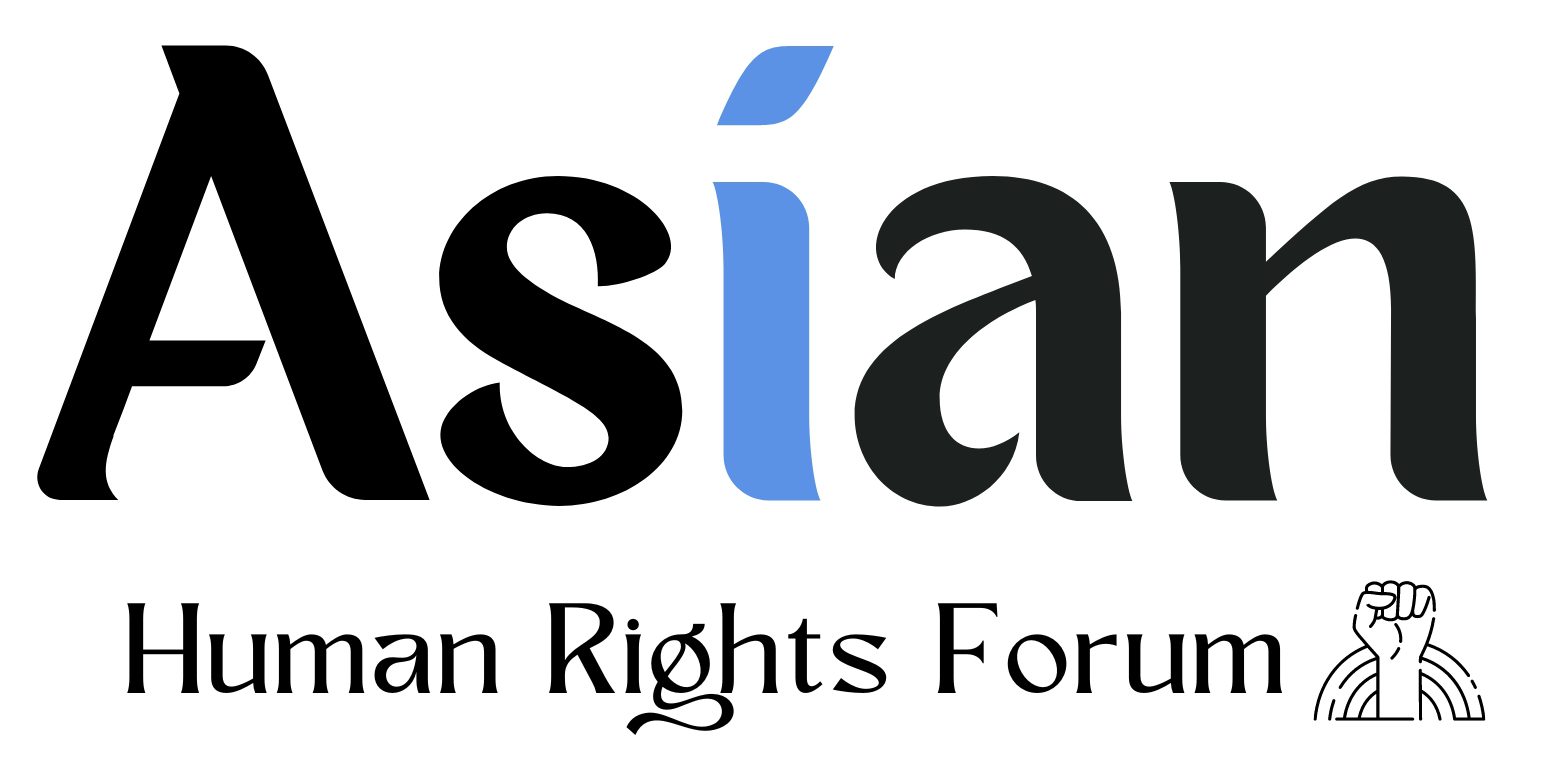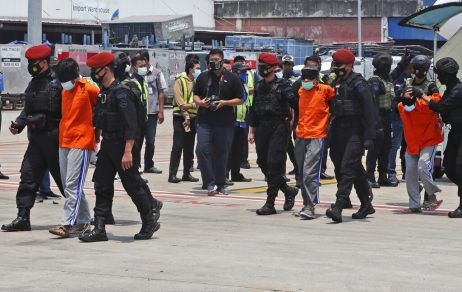
USA State Department country Report on Afghanistan
AFGHANISTAN
Overview: During the reporting period, ISIS-K increased high-profile attacks against civilians, often targeting members of vulnerable religious and ethnic minority populations such as Hazara Shias, to spread fear and sow divisions in Afghan society. ISIS-K received an influx of detained fighters back into its ranks, as ISIS-K members were among the thousands who escaped from Parwan detention facility and Pul-e-Charki prison during the Taliban takeover of Kabul in August. ISIS-K, elements of al-Qa’ida (including affiliate AQIS), and terror groups targeting Pakistan, such as TTP, continued to use the Afghanistan-Pakistan border region as a safe haven. Following their takeover of Kabul, the Taliban publicly stated that they were acting to counter ISIS-K and, according to international media reports, resorted to brutal tactics — including summary executions — in doing so. The United States has not made a decision to recognize the Taliban or another entity as the Government of Afghanistan and pressed the Taliban to uphold their counterterrorism commitments under the 2020 U.S.-Taliban Agreement (the “Doha Agreement”). The Taliban repeatedly committed publicly to meet their Doha Agreement commitments to prevent any group or individual from using Afghanistan to threaten the security of the United States and its allies.
2021 Terrorist Incidents: ISIS-K attacks in Afghanistan increased, compared with the previous year. ISIS-K increasingly targeted what it perceived as soft targets in urban areas. This tactic aligned with its shift to a configuration of clandestine urban cells in various parts of the country, following its territorial losses in Kunar and Nangarhar provinces in 2019. Significant terrorist incidents included the following:
• On May 8, a bombing at Sayed Ul-Shuhada high school, located in a predominantly Hazara Shia neighborhood in Kabul, killed at least 90 people — mostly women and girls. No group claimed responsibility for the attack, but international observers widely ascribed the attack to ISIS-K, which had previously conducted similar attacks.
• On August 26, during U.S.-led evacuation operations, an ISIS-K suicide bomber attacked the Kabul airport, killing 13 U.S. servicemembers and more than 170 Afghan civilians.
• On October 8, an ISIS-K suicide bomber attacked a Shia mosque in Kunduz province during Friday prayers, killing more than 40 people and injuring more than 140 others.
• On October 15, a group of ISIS-K suicide bombers attacked a Shia mosque in Kandahar province during Friday prayers, killing 47 people and injuring nearly 70 others.
• On November 2, ISIS-K fighters and at least one suicide bomber attacked a military hospital in Kabul, resulting in 25 deaths and more than a dozen injuries.
Legislation, Law Enforcement, and Border Security: The United States has not made a decision to recognize the Taliban or another entity as the Government of Afghanistan. The United States discontinued funding of counterterrorism support following the Taliban
takeover. The United States did, however, closely track Taliban efforts to counter terrorist groups in Afghanistan and condemned reports of brutal tactics. In November, international media reported that the Taliban sent 1,300 fighters to Nangarhar province to conduct operations against ISIS-K.
The Taliban reportedly killed and publicly displayed the bodies of individuals they suspected of collaborating with ISIS-K. Taliban provincial leadership reportedly approved these summary executions. The Taliban associated followers of the Salafist interpretation of Islam with ISIS-K. Some Salafists claimed that the Taliban killed and detained members of their community and closed Salafist mosques. In December the Taliban claimed they arrested more than 600 ISIS-K members in the previous three months and destroyed 25 ISIS-K hideouts in Kabul and Jalalabad. The Taliban also claimed publicly that ISIS-K is no longer a substantial threat in the country, despite the increased attacks.
Pakistan alleged that TTP used Afghanistan as a sanctuary. Border tensions remained high between the Taliban and neighboring countries, with clashes taking place between the Taliban and Pakistan and Iran. Central Asian states, meanwhile, remained on guard against violent extremist elements from Afghanistan crossing their borders. Tajikistan heightened its military posture along its border with Afghanistan, Turkmenistan increased its patrolling, and Russia expressed concern about Central Asian states’ potential vulnerability to incursions by violent extremist elements operating from Afghanistan.
Countering the Financing of Terrorism: In August the Egmont Group disconnected Afghanistan’s Financial Intelligence Unit, the Financial Transactions and Reports Analysis Center of Afghanistan (FinTRACA), from the Egmont Secure Web. In September, Reuters reported that FinTRACA had ceased operations.
Countering Violent Extremism: There were no notable strategies or initiatives for countering violent extremism in Afghanistan during the reporting period.
International and Regional Cooperation: No country expressly took a decision to recognize the Taliban as the Government of Afghanistan, and there was no notable counterterrorism cooperation between the Taliban and international, multilateral, or regional organizations during the reporting period.





